|
Welcome to the final blog post in a 3 part series featuring all things textiles in Japan. Well, not all things textiles in Japan, just what I saw in Japan this year. Part 1 (Fabric Shopping Guide: Kyoto), and 2 (Fabric Shopping Guide: Tokyo) where all about buying textiles. Part 3 dives deeper into the history of fabric, in particular- silk! The Silk Museum is located in Yokohama, Japan. From Tokyo, you can take the Fukutoshin line from Shinjuku-sanchome station to Nihon-odori station in Yokohama. This is a 54 min train ride, than about a 3 minite walk to the museum. Cost of entry is 500 yen for adults. That about $6 CAD to learn all about silk. You cannot go wrong! The Silk Museum is comprised of 3 main sections. The Wonder Farm and The Study Library are located on the main floor, and The History of Silk is located on the second floor. The museum is set-up with a lovely flow to allow you to guide yourself through the sections of the museum. You begin in The Wonder Farm, which provides you with an introduction to the life stages of a silk warm. Traditional rotary cocooning frame pictured above. The following two photos show the process of reeling silk from cocoons. If you look closely, you can see the many filaments coming out of the bath of cocoons being pulled up and spun into silk thread. The second area of the museum is The Study Library. The main focus in this section is displaying how silk is used in our everyday lives. According to one of the areas in the exhibit, "the length of the filament making up a single cocoon is an average of about 1,300 meters". A single necktie requires 140 cocoons! Something to thing about the next time you make or purchase a silk necktie. In addition to learning how silk is used in our everyday lives, this section also showed what silk fabric looked like when using natural dye methods. Visually, this was really stunning to look at! The final area of the museum is The History of Silk located on the entire second floor. I really appreciate the way the museum is curated. As you walk up the steps to the second floor, you have already learned about the life cycle of a cocoon, and how silk is used in our everyday lives. You are now presented with the Kimono in many forms from different periods of historical Japan. There are displays of kimono's from the Asuka, Nara, Muromachi, Momoyama, Edo, Meiji and Taisho periods. Above left displays a noble woman from the Nara period. Above right displays a typical outfit worn by an upper class warrior women during the Edo period. Below was a really striking display of kabuki theater costumes. Traditionally, actors wore elaborate costume and make up. This is so on point! Please excuse the glass glare. It is more stunning in person, so be sure to check it out for yourself. In addition to The Silk Museum, be sure to walk across the street over to the Yokohama Bay pier. Take a stroll around the bay and take in the stunning views. If you are lucky you can catch the sight of massive cruise ships docking at the main terminal. Continue your stroll along the pier towards the Yokohama Red Brick Warehouse for picture worthy spots. This area has been the backdrop to many Japanese movies and tv shows. If you have ever watched Good Morning Call, this is where Nao gets stood up by her temperamental boyfriend Uehara in the pouring rain. I visited The Silk Museum close to the end of my trip. It was really nice to get my learn on after buying hoards of fabric in Kyoto and Tokyo. It reminded me of intensive extraction required in one of my favorite textiles to design with. It also reminded me to treat all textiles with great love and attention. Stay tuned for a fabric haul video, as I picked up over 15 different fabrics over the course of the entire trip. Follow us on Instagram to know when that drops.
Happy Sewing! Designed, photographed and written by Sheila Wong Studios
2 Comments
Welcome to part two of a three part blog series featuring my travel experiences this year in Kyoto, Tokyo, and Yokohama, Japan. To read about Kyoto, click HERE. This blog post will focus on two major sections: Nippori Fabric Town and Okadaya Store in Shinjuku. Nippori (Sen-I Gei) Fabric TownThis area is the must visit district for sewing enthusiasts, for both visitors and locals. There are over 90 shops offering a variety of textiles and trim, spanning almost one km in length. I didn't even get through a quarter of the shops. I recommend committing at least one to two days to visit this area. One of the main shops is Tomato, and most bloggers talk about this place in high regard. Yeah, its good, but do not be shy in visiting all the other shops in the area. In this section, I will reveal over 20 shops I visited and what I picked up. Stay tuned on our YouTube channel for a fabric haul video. I will go into depth into each fabric purchased and what we plan on designing with each. Here is a complete list of the shops I visited in Nippori Fabric Town during this trip. I had to leave a few off the list because there was no shop sign!
EDWIN DenimYou might remember EDWIN Denim from the early 90's when Brad Pitt was their spokesperson. Founded in 1969, EDWIN continues to design high quality denim and jeans. In Nippori, you can find bolt ends of denim for sale. The shop front is not the most inviting, but go in anyway. The fabric is right out front, so you cannot miss it. I purchased 2 bundles of denim, which totalled 3 meters. My plan is to make a pair of overalls. The total cost was approximately $20 CAD. My husband also purchased 4 pairs of jeans that he has on heavy rotation right now. YamayoI remember Yamayo so clearly from the year before. Hands down, they have the best selection of fabric marking tools, selling chalk, wax, pens, and so much more. They also have a massive selection of thread and fun printed cotton fabric. In the picture below, I am explaining how the Japanese have an obsession with kawaii (cute) characters on everything. This year, I purchased wax for marking fabric and a dual head tracing wheel for marking in seam allowance when your pattern drafting. Most of the fabrics in Yamayo were under $10 per metre. It was really well priced considering how cute and unique each print is. I regret not buying the adorable moody dogs pictured below. Nagato (Main Shop)Most of my fabric purchased in 2016 was from Nagato. This year, Nagato was where I was most excited to visit in Nippori. I recommend most visitors to put this shop at the top of their shopping list. Why?! Because they have the most variety in garment textiles, the price point is on point, and the shop keep are so helpful. During this shopping trip, I decided I would buy at least two different fabrics that were completely opposite from what I would normally would design with. Pictured below is one choice: a silk crepe fabric sold by the panel with a nature inspiration. For this fabric, I plan on creating a high-waisted, hand pleated skirt that is midi length. By pleating the skirt, it will make the animals less noticeable and in my books, more wearable. Two of my favourite fabrics are pictured below. On the left is a sheer black stripe silk/cotton blend. It feels very much like a silk organza but the cotton adds softness to the overall feel. It cost 600 yen, which is approximately $7 CAD per metre. A total of two meters was cut. It will be incorporated as an overlay into a new studio design. On the right is a stunning large stripe fabric featuring a few different fibres in ones. The colour combo made me buy it. We're thinking maybe an over-sized coat or a fit and flare dress. We must show off the stunning colours, head to toe! It cost 1000 yen, which is approximately $11 CAD per metre. A total of 6 different fabrics were picked up from Nagato. They all ranged from $4 up to $15 per metre. As a rule of thumb, always purchase between 2 to 3 metres of fabric. This is a safe guesstimate that will cover most of your future designs. And Leather ShopIf you have ever visited Japan, you know there are many artisans creating high quality leather goods. So it only made sense that there were a high number of leather supply shops in Nippori. And Leather Shop stood out for many reasons. The shop was super clean and organized and the exotic skins available are jaw dropping. Vancouver has a really great leather shop (Lonsdale Leather), but damn! I mean, And Leather Shop has a Siamese crocodile skin for sale for 38,000 yen. Siamese crocodile and stingray pelts pictured below. Tomato (Main Shop and Select-Kan)Five buildings make up the textile giant Tomato in Nippori. Below you can see that Tomato Notions and Tomato Interior are right across the street from each other. I visited Tomato Main Shop and Tomato Select Kan. The majority of the fabric I picked up from Tomato was linen, cotton and cotton silk blends. Japan is the destination for linen fabric. The variety in weaves, thicknesses, double gauze, and prints just goes on for racks and racks. Based on my previous designs, you would have thought I picked up all the blue printed fabric above, but I did not! Below is a stunning cotton/silk blend with an abstract nature inspired print. I have no idea what design this will be made into. If you have any ideas, please comment below. In the end, I walked out with seven different fabrics. On the second floor of the Tomato Select Kan, you will find a section of machine and hand made trim along side a variety of linens, cottons and novelty textiles. I could not stop touching the fabric pictured below. Doesn't it remind you of sprinkle cupcakes or confetti? It cost approximately $28 CAD per metre. I did not buy any of this fabric, but have a feeling I will regret that decision very soon. Note to readers: if you see something in Tokyo you love, just buy it! Most likely you will not find it back home. UGH. Zak ZakA bit of research before my trip revealed that Zak Zak was the place to visit for cheap fabric. A ton of fabric in the shop was only 100 yen, which is approximately $1.50 CAD per metre. Most of the fabric was comprised of synthetic fibres, so I walked away. However, if you are a button person, you will want to hit up this shop. Buttons are dirt cheap here. All buttons pictured below are under $1 CAD. L musee Button ShopFrom cheapo buttons to not so cheapo buttons. Do not walk into L muse near the end of your fabric shopping trip. Most of the buttons in this shop are imported and vintage. Which means you will be dropping a lot of dough in this shop. I am not really a huge button person, due to the fact that I prefer hand sewn button holes. But I love the way buttons can come in so many unique shapes, sizes, colors and forms. So here is some eye candy for all your button lovers out there. The most expensive button I found was around $78 CAD. It was a vintage button from a French designer in the early 1960's. I couldn't get a picture of them as the shop keep wouldn't let me. My husband and I totally snuck all these photos. Shhhhh! I did not purchase any buttons from L musee, but I did purchase some decorative jewels from their sister shop Nippori Maru. I'm thinking of using them on a cuff or collar. Okadaya, ShinjukuMost visitors stay in Shinjuku and do not even realize how close a major textile shop is to their hotel. Okadaya in Shinjuku is comprised of two buildings. One is six floors filled with textiles and some notions. Most of the fabrics I found in Okadaya were perfect for costumes. If you are into cosplay, you must visit this shop. I did not buy any fabric from Okadaya due to the high price point. I figured the prices would be higher because they are located in the heart of Shinjuku. Really, you are paying for convenience. The second building has six floors filled with hobby, haberdashery, and design supplies and tools. I wish I entered this building earlier in my trip, because the drafting and draping supplies are so nice. I found draping tape, colourful pattern weights, and a variety of marking tools and drafting rulers that would be very helpful. The pattern/fabric weight below is high on my 'did not buy' regret list. Don't worry pattern weight, I shall see you in 2018. Hope you enjoyed this Tokyo review. I still feel like I barely scratched the surface in Tokyo in terms of fabric and trim shops. Stay tuned for a fabric haul video, as I picked up over 15 different fabrics over the course of the entire trip, as well as the last part of this fabric shopping series which covers Yokohama.
Follow us on Instagram to be the first to read more blog posts including my adventures in Kyoto and Yokohama. Written and photographed by Sheila Wong Edited by Samantha Quon Happy Sewing! Sheila Wong Sewing Team This is part one of a three part blog series featuring my travel experiences this year in Kyoto, Tokyo and Yokohama. I will share with you fabric shops, sewing shops and other fashion related places that are a must see while in travelling in Japan. You will want to book a flight to Japan after reading this! Kimono Forest. Read on to learn more! Fabric and Trim ShopsFor me, there are three stand out shops you have to visit while in Kyoto. Sou SouSou Sou is a lifestyle label that offers women's wear, menswear, children's wear, accessories, housewares, shoes, and textiles. This is not your traditional fabric shop. They offer a specific type of cotton called Ise-Momen in a few different weights. According to Sou Sou, "Ise-Momen cotton, a traditional craft manufactured in Mie Prefecture, has more than 250 years of history since the Edo period (17th century). The thread is lightly twisted, hardened with natural starch, and woven slowly with the traditional loom." Sou Sou is well known for unique and bold prints, which they design in-house. I purchased 2 meters of each of the fabrics pictured below. I'm not so much a bold print person, so you will notice I picked out the least vibrant prints in the entire shop. Fabric is purchased in 10 cm (.010 meter) increments. It might seem costly, but given the unique weaving, design and hand feel, you can't go wrong. You can purchase fabric made for kimonos. Notice the unique narrow width? Misuyabari Needle ShopVisiting Misuyabari Needle Shop was on the top of my TO DO list. Many of our studio designs are hand sewn, so visiting a needle shop dedicated to making a tool I cherish was kind of surreal. They offer a variety of hand sewing needles that are hand made and machine made. Unfortunately, their hand made needles were out of stock as the creator is currently ill. Wishing them a speedy recovery! I tested out many soft hand sewing needles made for dress making. I ended up purchasing 10 packs of size 8 soft needles and 4 packs of size 9 soft needles. Each pack comes with 25 needles. I also picked up a variety pack of soft needles, just in case. Since I wasn't sure If I'll return to Kyoto next year, I took advantage of being in the city and ended up visiting this shop 2 times during my stay. There are many blogs explaining how to find this hidden away shop. For me, the easiest way to find this shop was to find the T intersection of Sanjo Dori (三条通) and Kawaramachi Dori (河原町通). The picture below shows the entrance into Cupola Sanjo (三条名店街), where the T intersection is located. Enter into the covered shopping area, and after a few shops/restaurants on your right you will see the first side entrance leading into a green space. Look for a psychic business at the foot of the entrance. There is a hallway down the side entrance that looks like this. Pass the hallway, and you will be transformed into old world Kyoto. In front of you is a traditional inner garden called a tsuboniwa (壷庭), with a tiny shop hidden at the back. You cannot resist ohhing and awwing at the shop's very kawaii decorative hand made pins. They come in a variety of categories, from animals, to sewing objects, to nature objects, and food. In September, they just released a special edition Halloween series (photographed below). I picked up roses, dogs, cats, birds, sewing related ones and obviously the Halloween edition. Let us know in the comments which ones you are gushing over. I just cannot decide which one I love most. Idola Bead and Button ShopLocated on the third floor of a retro style building called Sacra Building, you will find Idola bead and button shop. There are two shops, one dedicated to buttons and the other for beads and associated trims. Buttons are relatively small, so you can pack a ton of stock in a small 200 square foot room. Open every drawer possible! Hidden treasures from new to vintage buttons await you. Below are some of their vintage buttons, so beautifully packaged. I fell in love with below clear vintage buttons with thread floating inside. Honorable MentionsSanjo Mercerie is a shop dedicated to beads. It is only a couple of blocks away from Idola, so check this out on the way there. A bit more expensive, but the quality speaks for itself. Established in 1952, Nomura Tailor Shop has two locations. I visited the Nomura Terra Teramachi store, located close to the famous Nishiki Food Market. If you are into printed cottons, you will love this store. There are also a selection of notions. Other Kyoto Must VisitsI did so much more than fabric shopping on this trip. I promise. Kimono ForestLocated in Arashiyama, the Kimono Forest is a collection of large clear tubes filled with a variety of kimono fabrics. It is located right beside the Randen Tram Station on Kyoto's Keifuku Arashiyama line. There are approximately 600 pillars installed, and they light up at dark. The artist of this project is Yasumichi Morita. Fushimi Inari ShrineLocated in Southern Kyoto, this is a Shinto shrine established in 711, during the Nara period. This shrine is well known for its thousands of vermilion torii gates. Every torii gate has been donated by a Japanese business, to ensure prosperity in their ventures. This place gets packed with tourists! Get there early and bring water. Bottled water gets more expensive as you hike up higher and higher. Anzukko Gyoza BarI love gyoza, so eating at Anzukko was a no brainer! Anzukko offers a variety of fried and boiled gyoza. You must order the original iron pan Anzukko gyoza. We also ordered the Camembert cheese gyoza, fried kitsune, potato salad, Japanese fried rice, and sake (of course)! Be sure to order their potato salad. Actually, anywhere in Japan, order the potato salad. The Japanese know how to make a good potato salad. At Anzukko, there is bacon in their potato salad! Taiyaki in Kyoto StationTaiyaka is a fish shaped cake, normally filled with azuki (red bean paste). The most magical taiyaki is located inside Sanjo Station in Kyoto. If you smell the sweet scent of butter, just follow your nose. This small vendor is located between the main pay gates and exit #7. Hope you have enjoyed this Kyoto review. Stay tuned for a fabric haul video, as I picked up over 15 different fabrics over the course of the entire trip, as well as parts two and three of this mini-series.
Follow us on Instagram or Facebook to be the first to read more blog posts including my adventures in Tokyo and Yokohama. Written and photographed by Sheila Wong Edited by Samantha Quon Happy Sewing! Sheila Wong Sewing Team |
Archives
November 2022
|
Copyright © 2024 Sheila Wong Fashion Design Studio Ltd. All rights reserved.
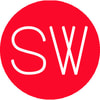
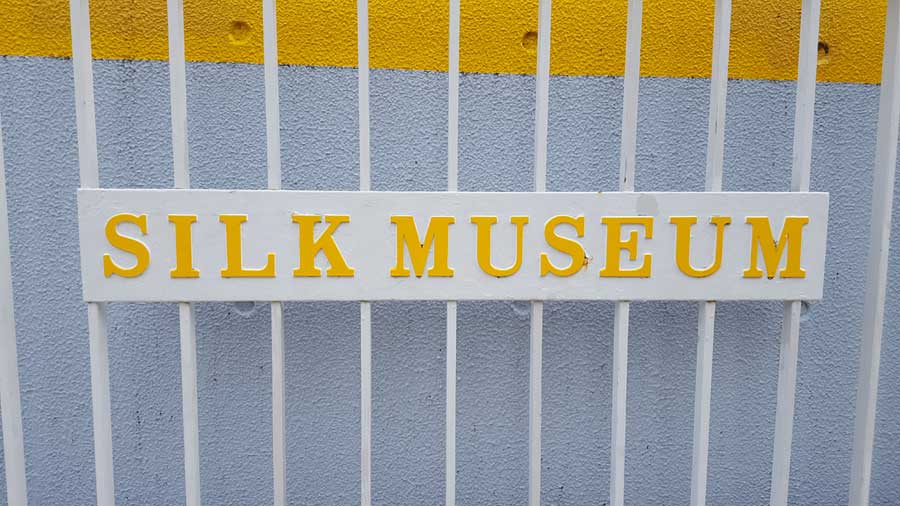
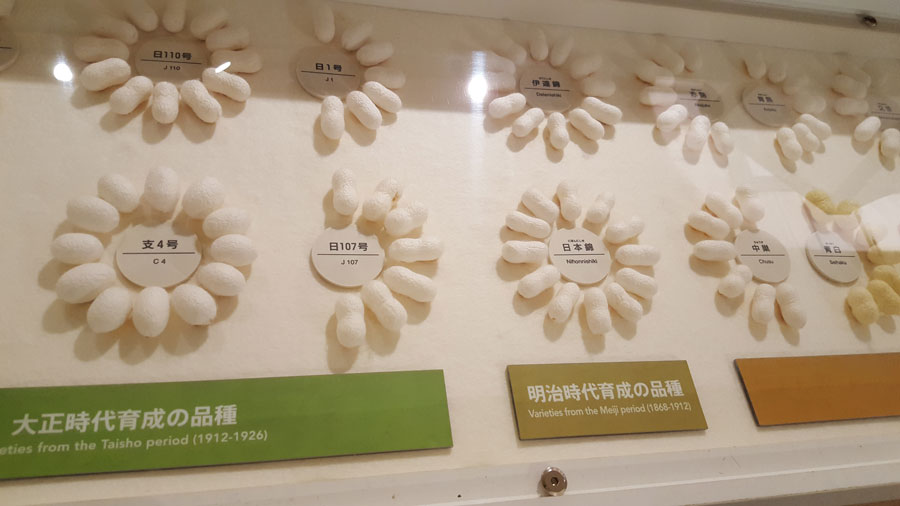
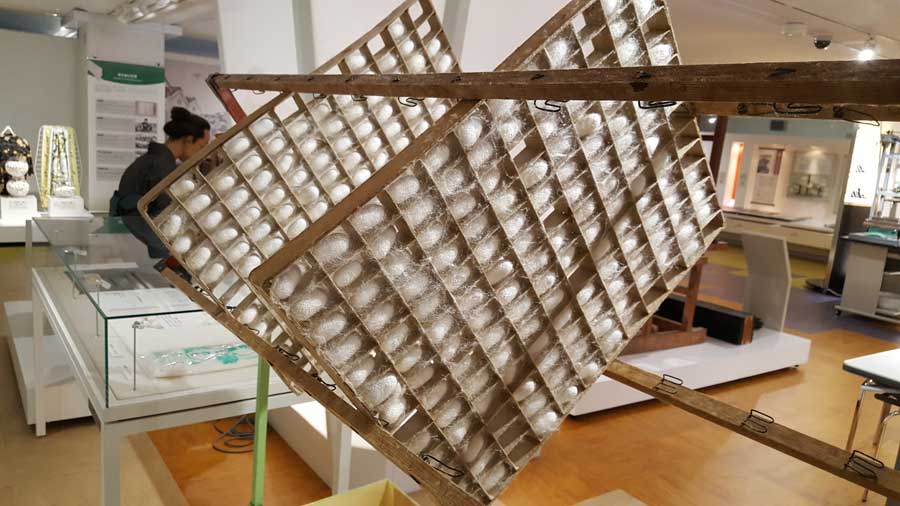

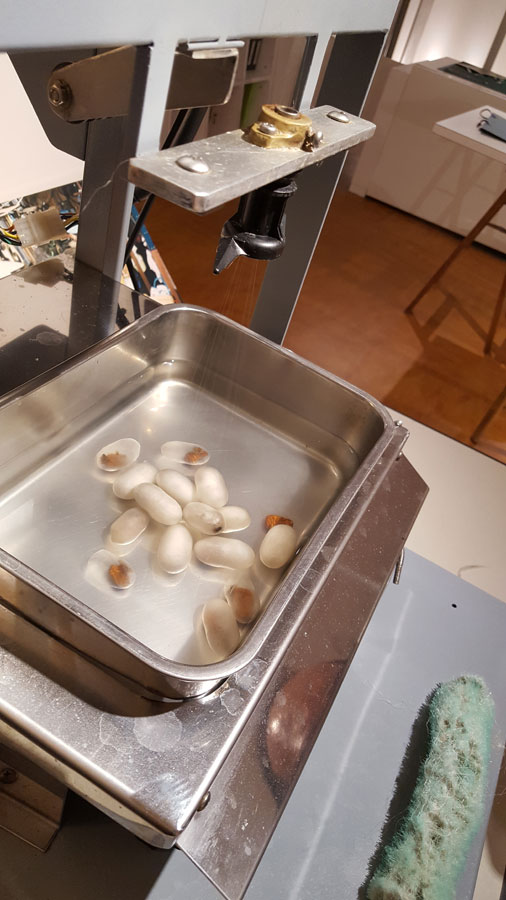
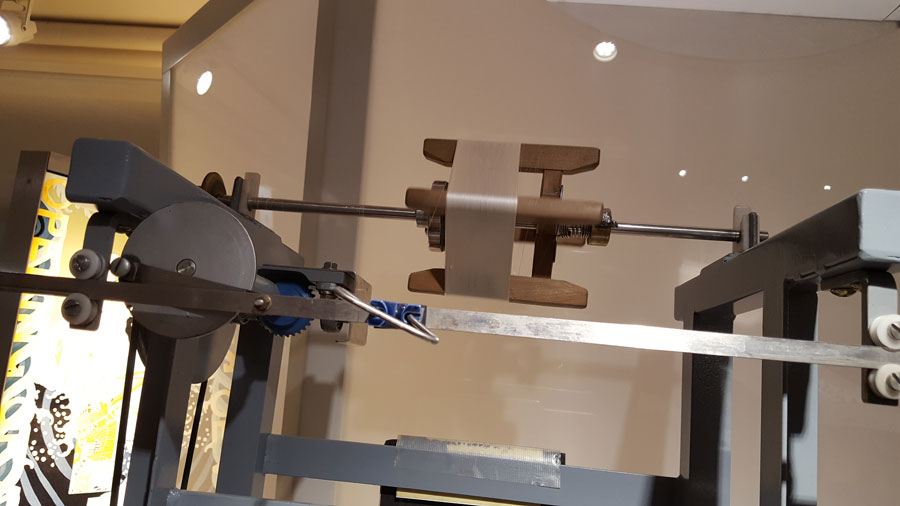

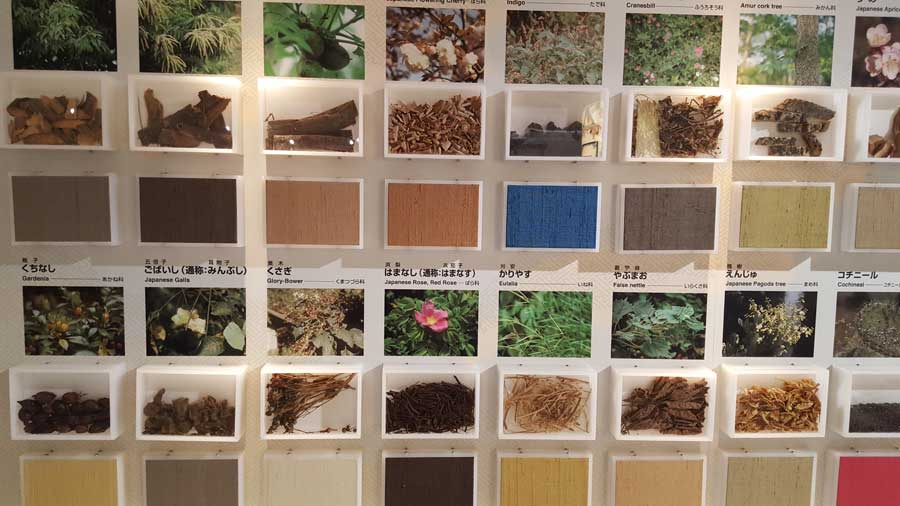




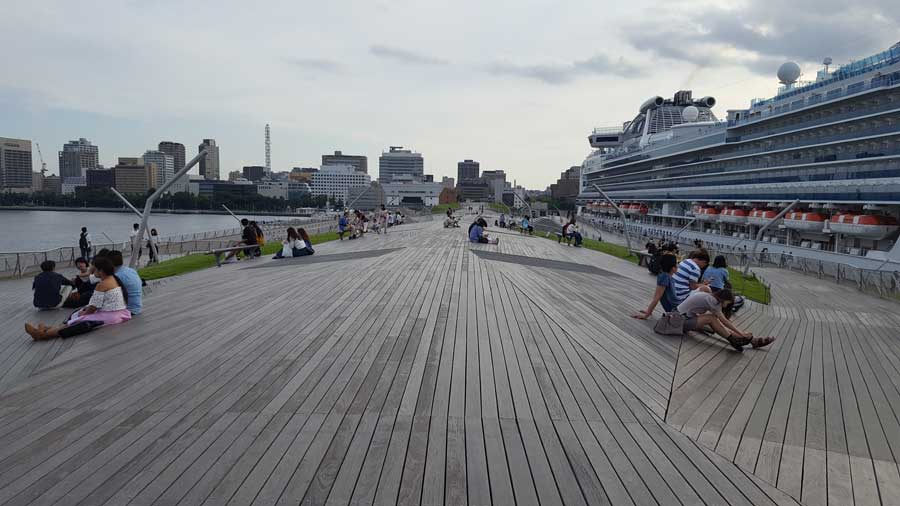





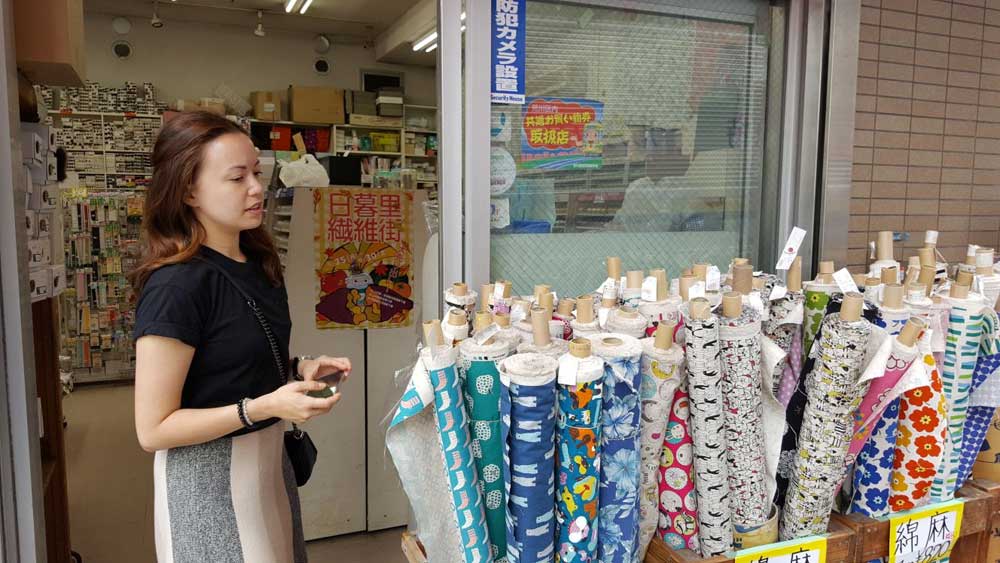



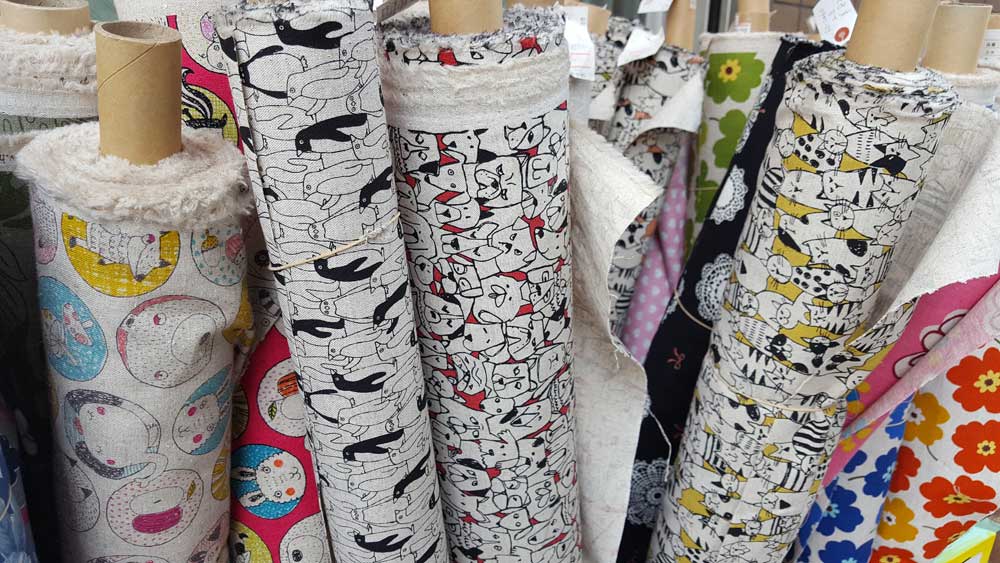



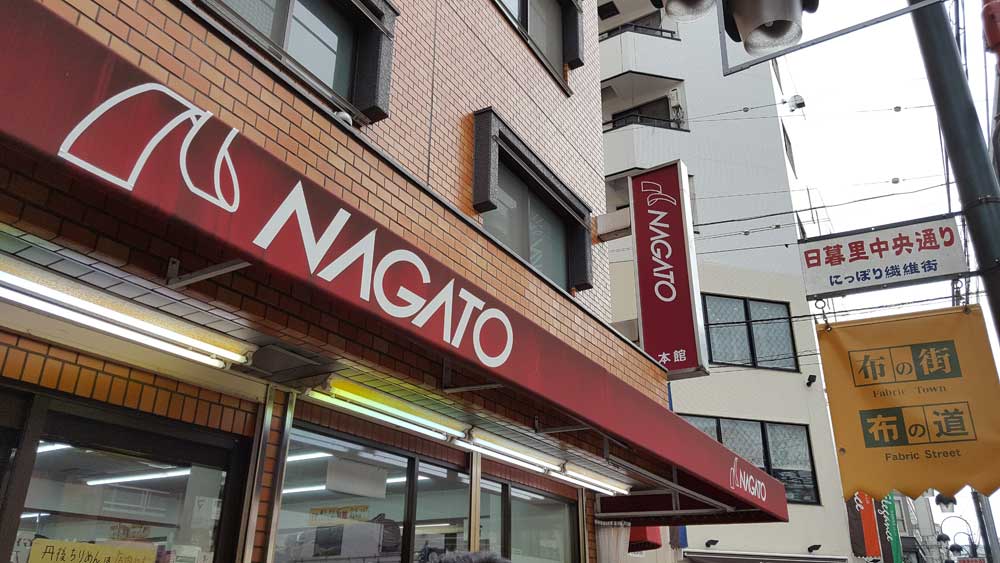



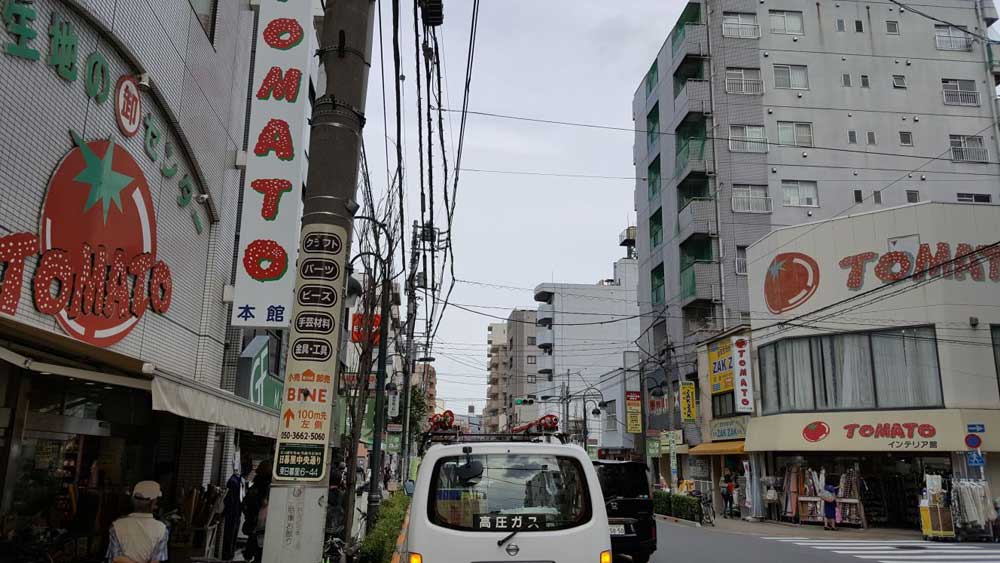


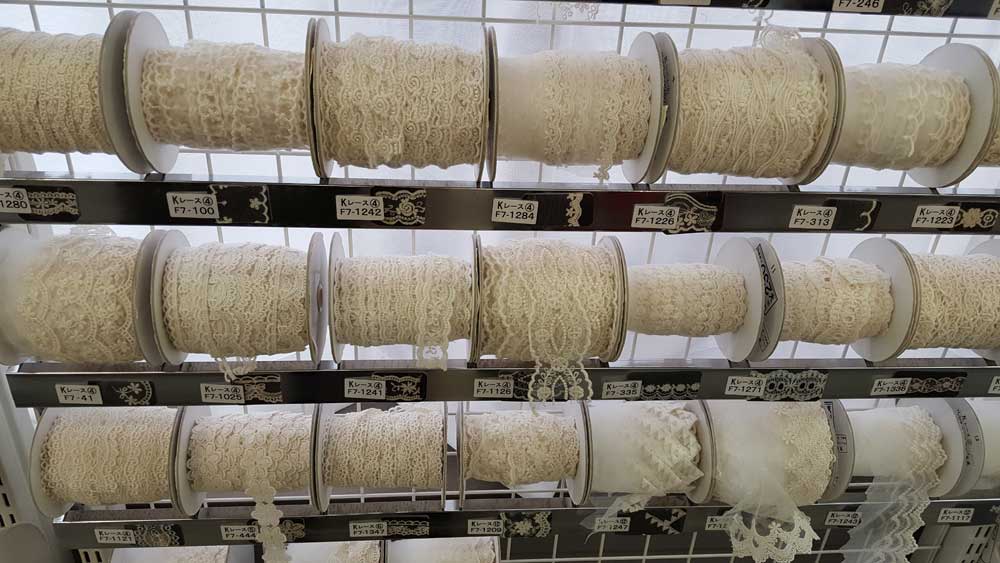

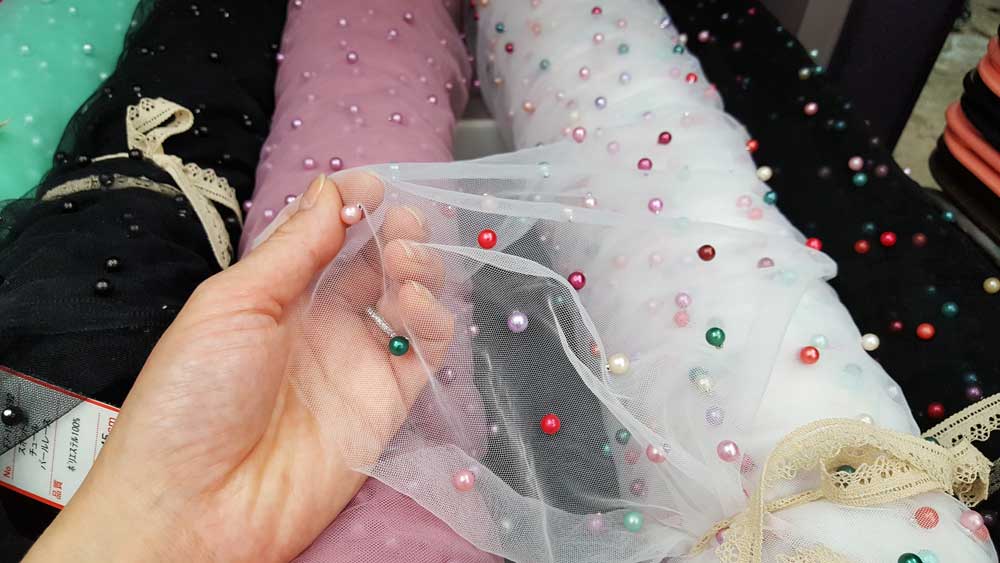






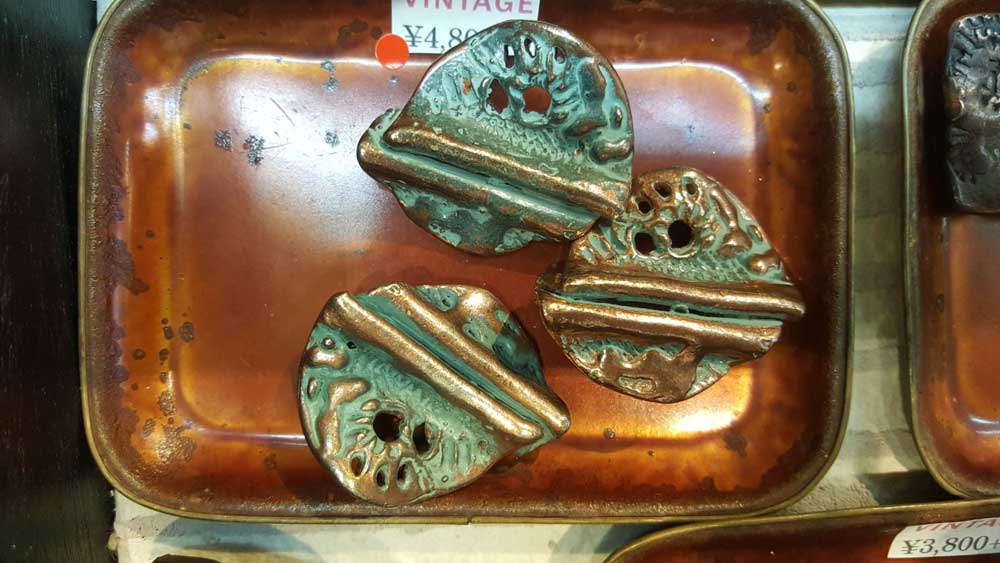
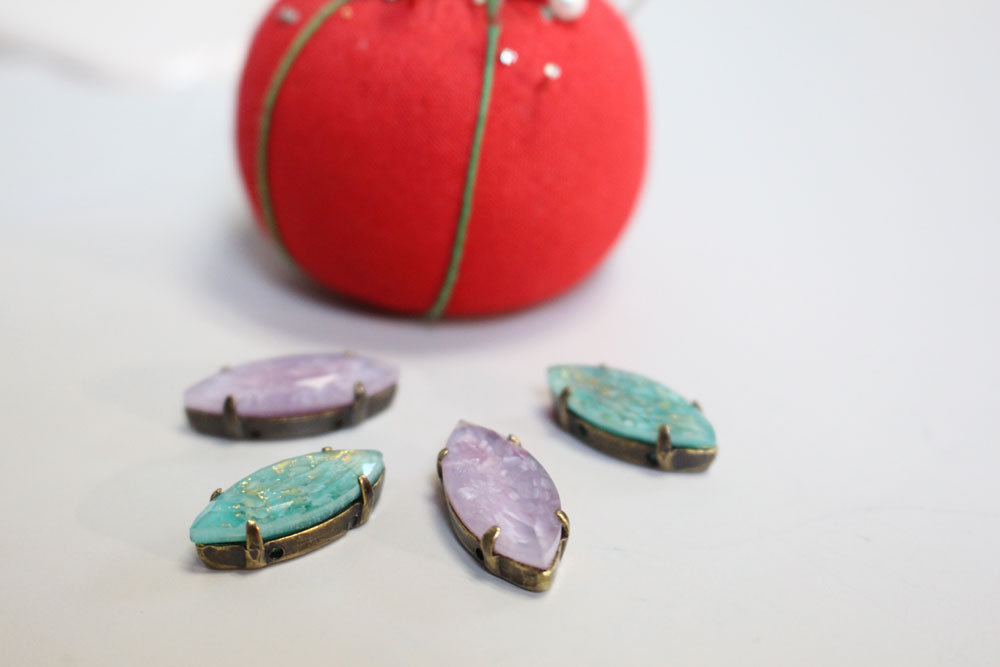






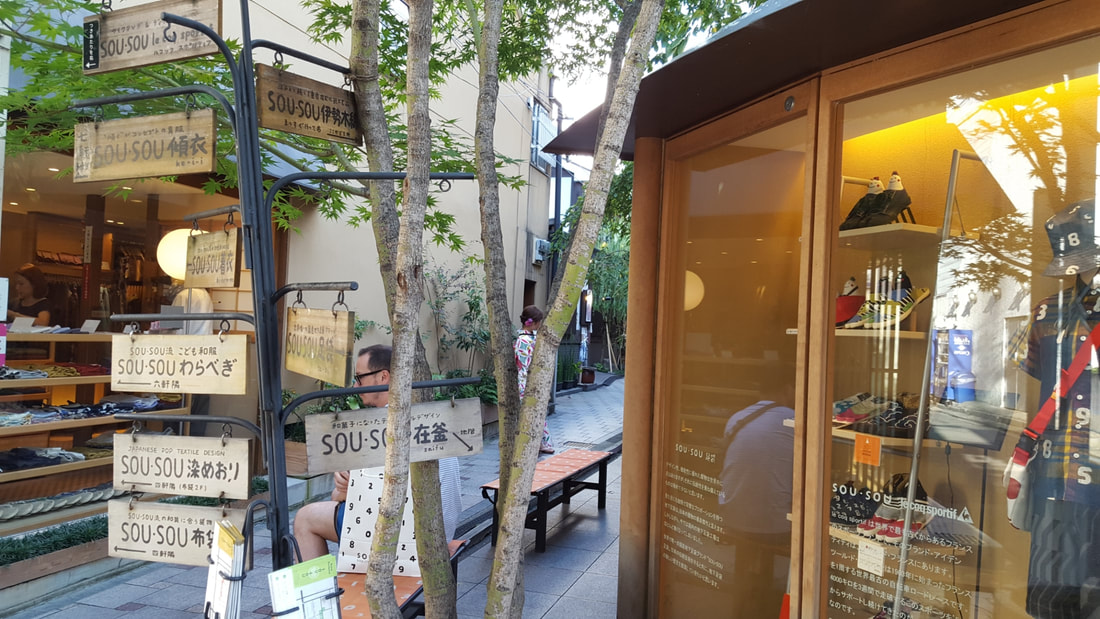



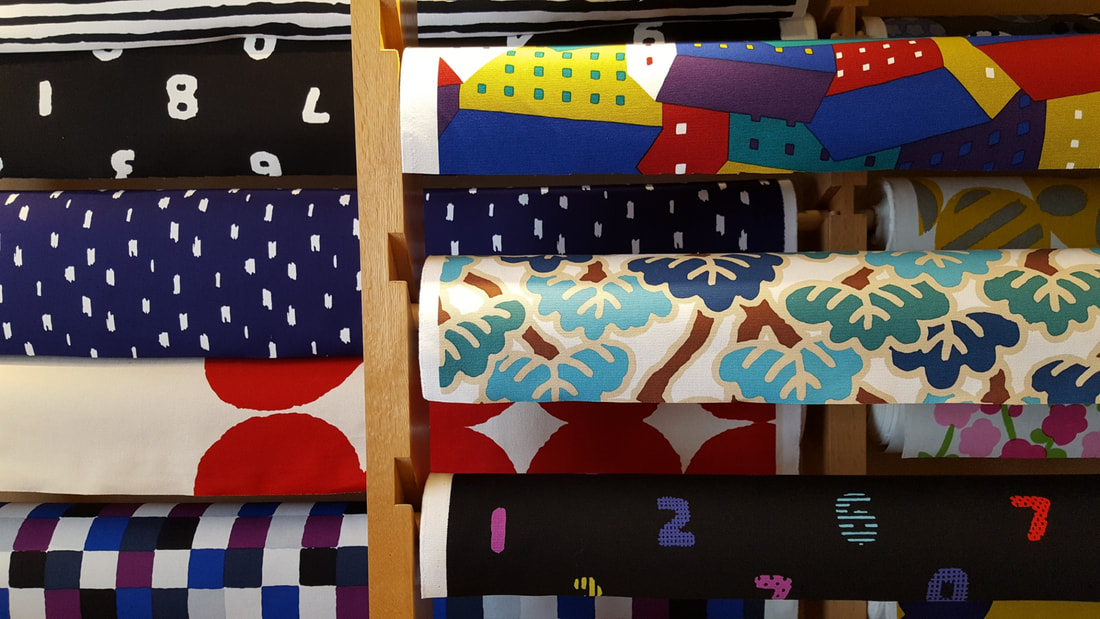



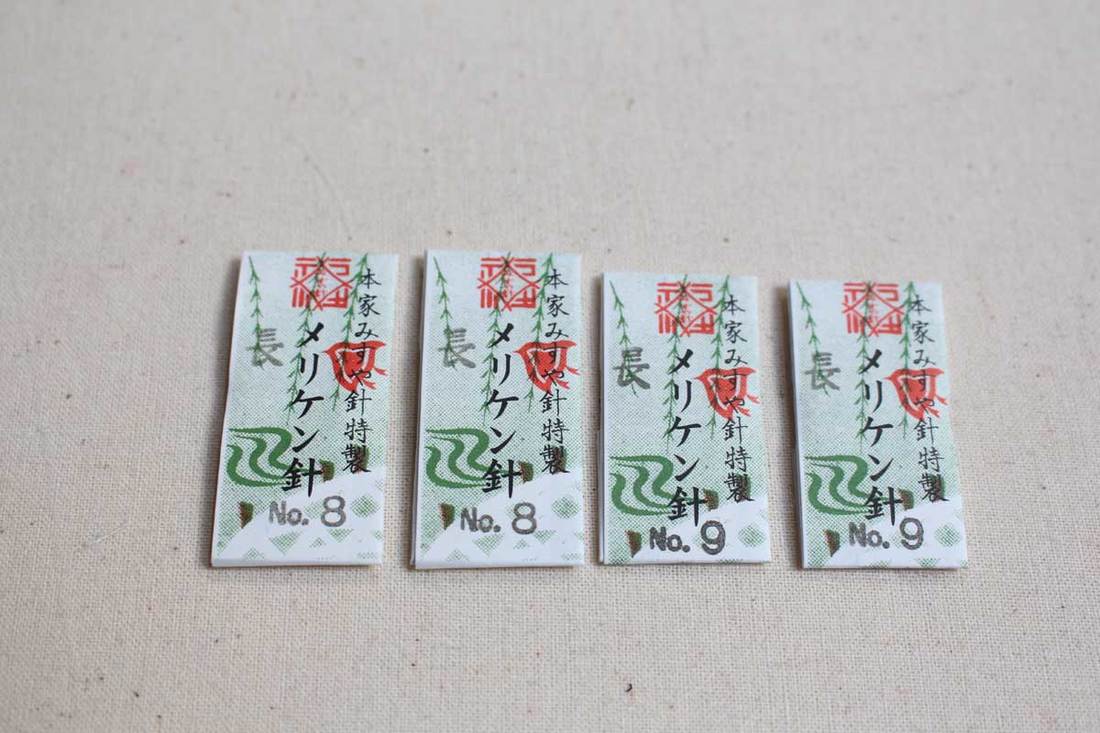

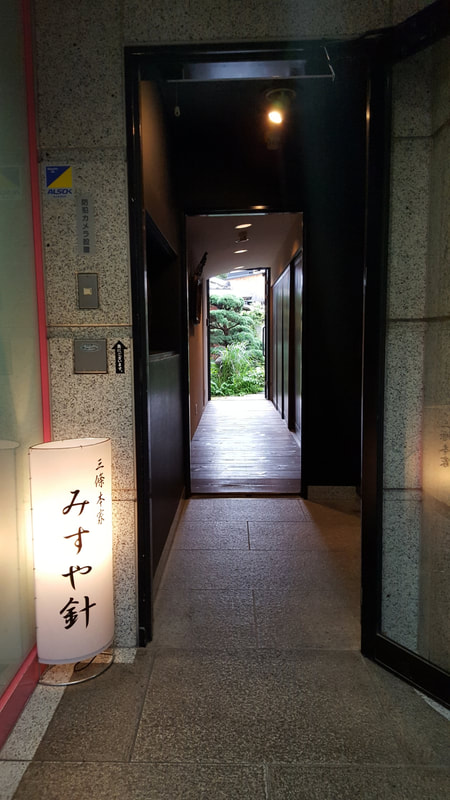




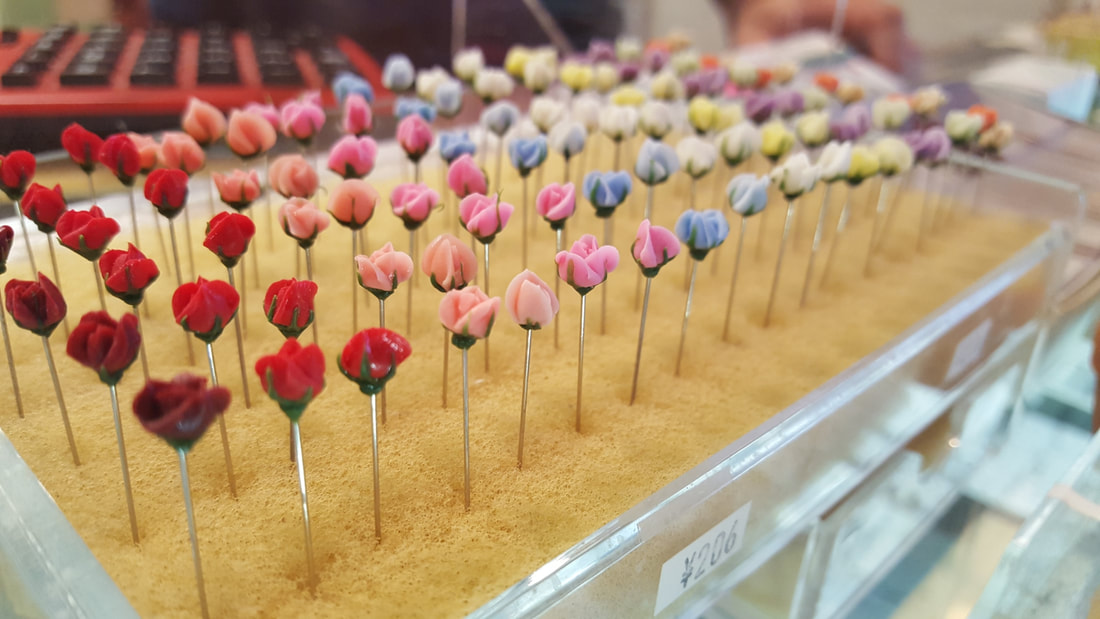


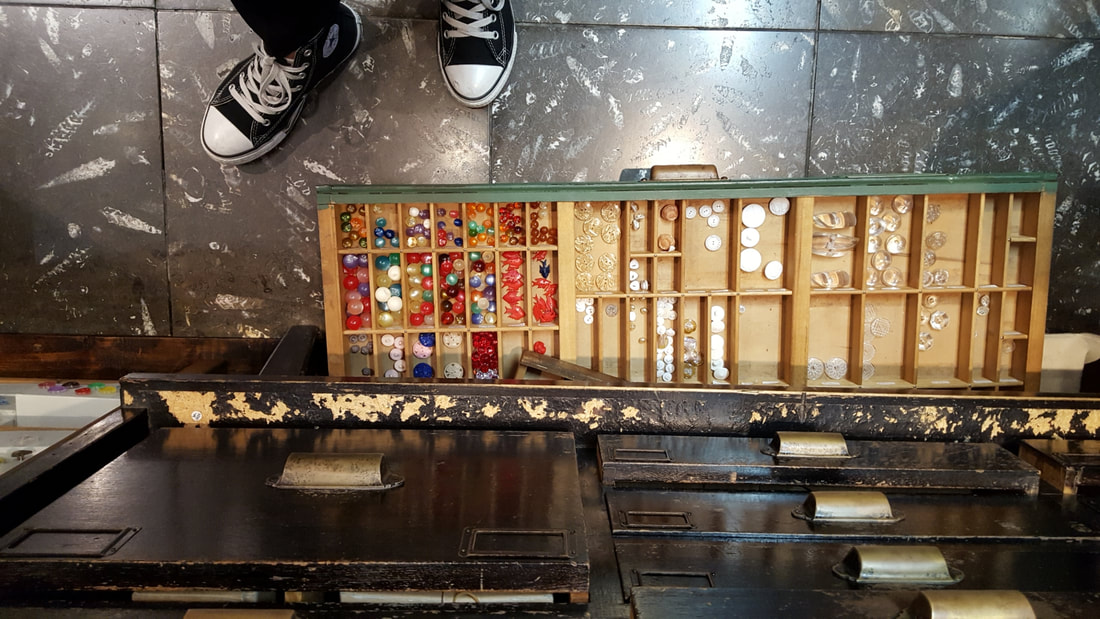


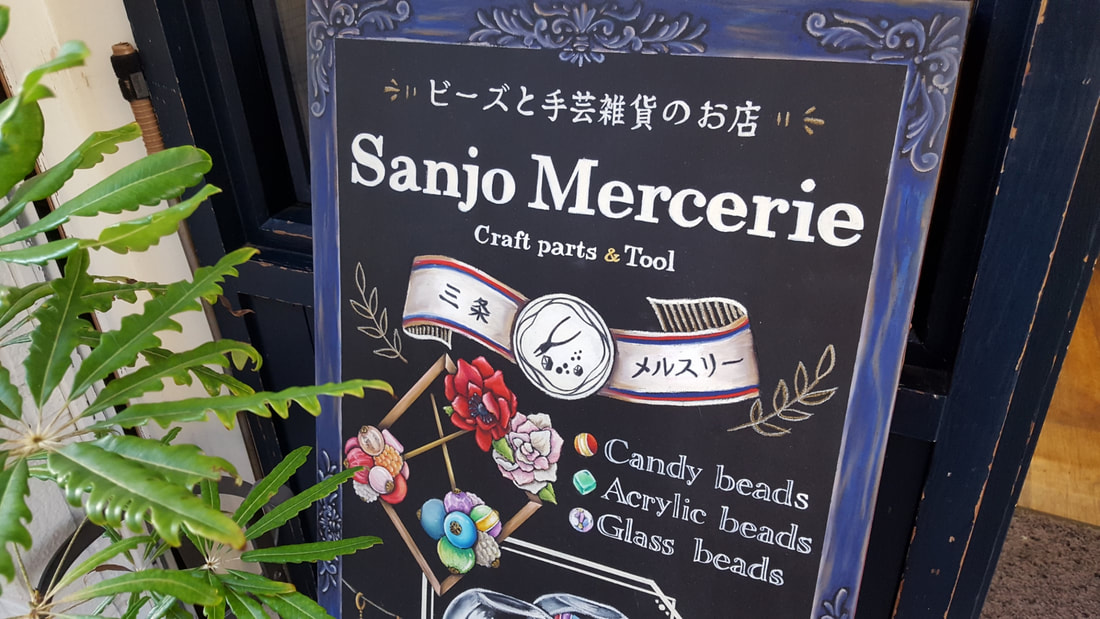
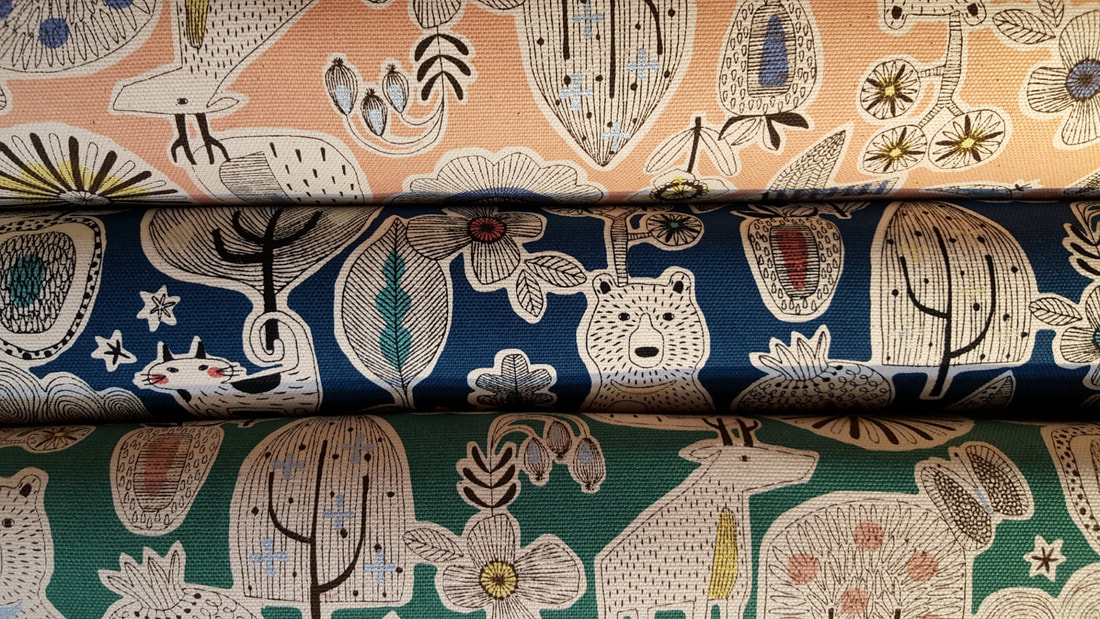




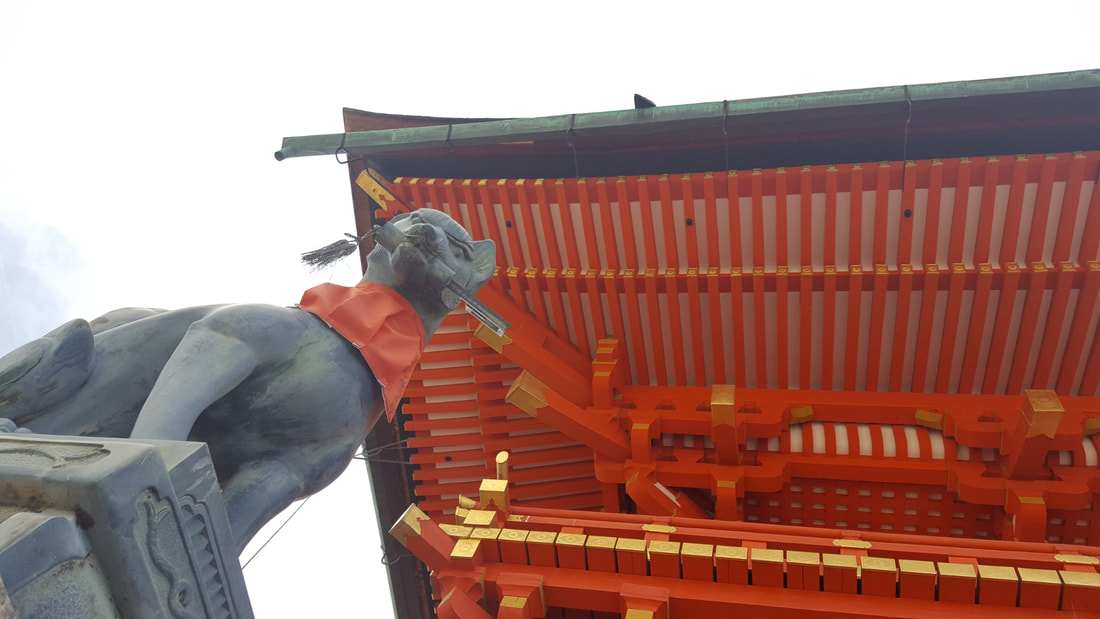
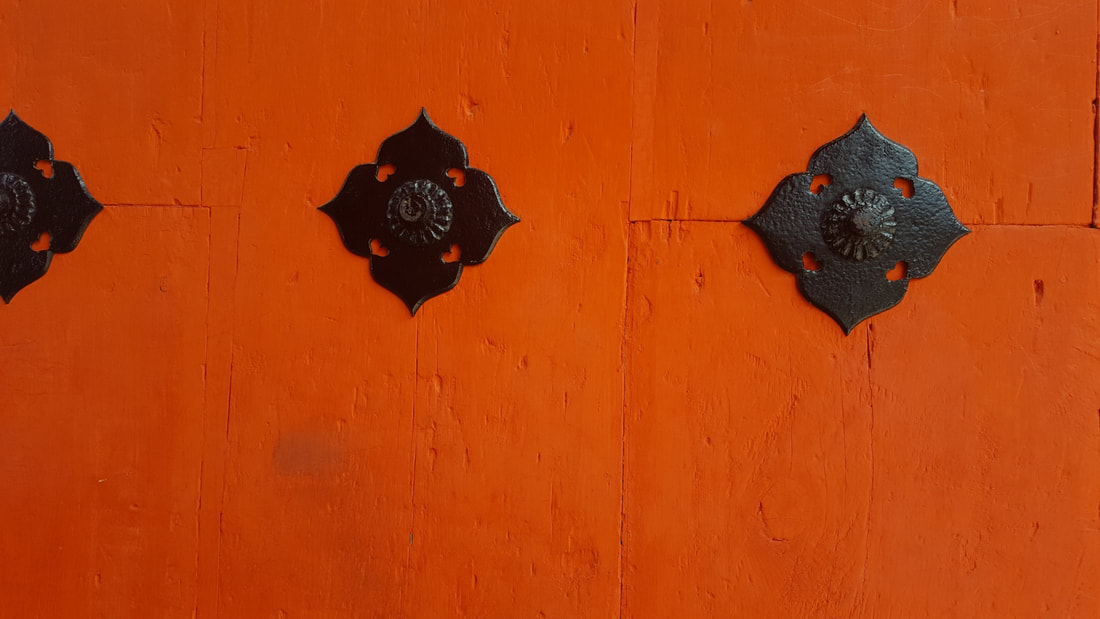
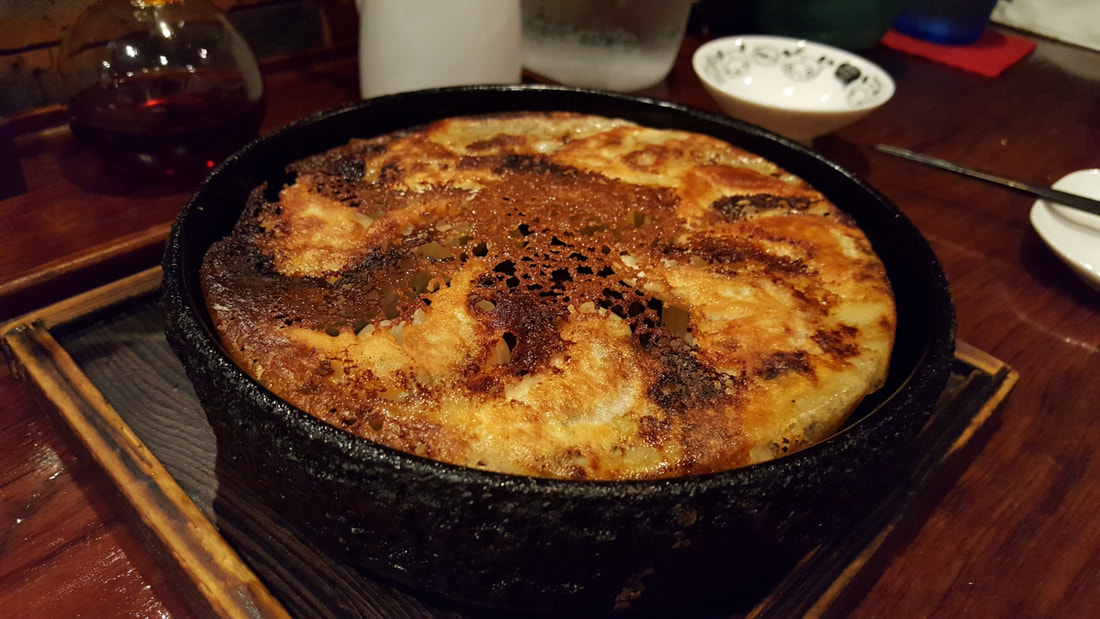
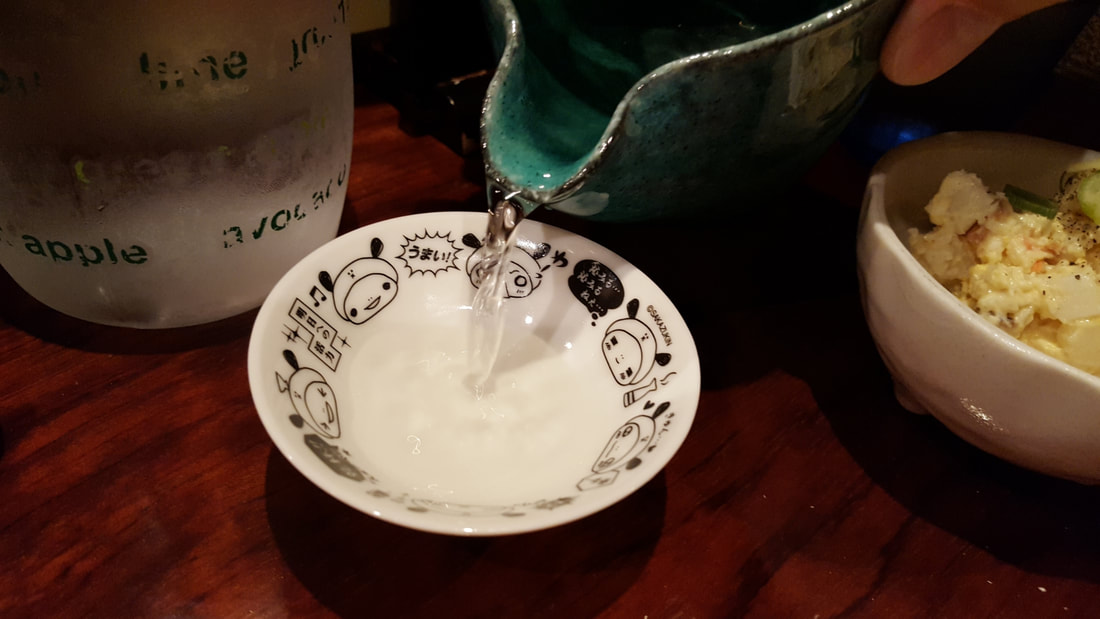
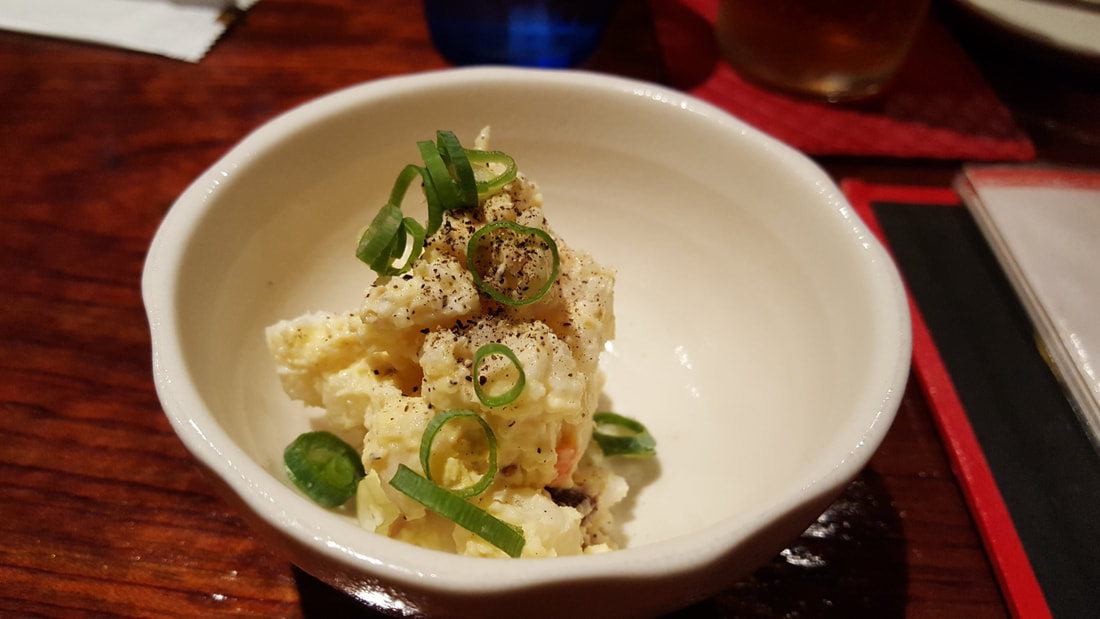
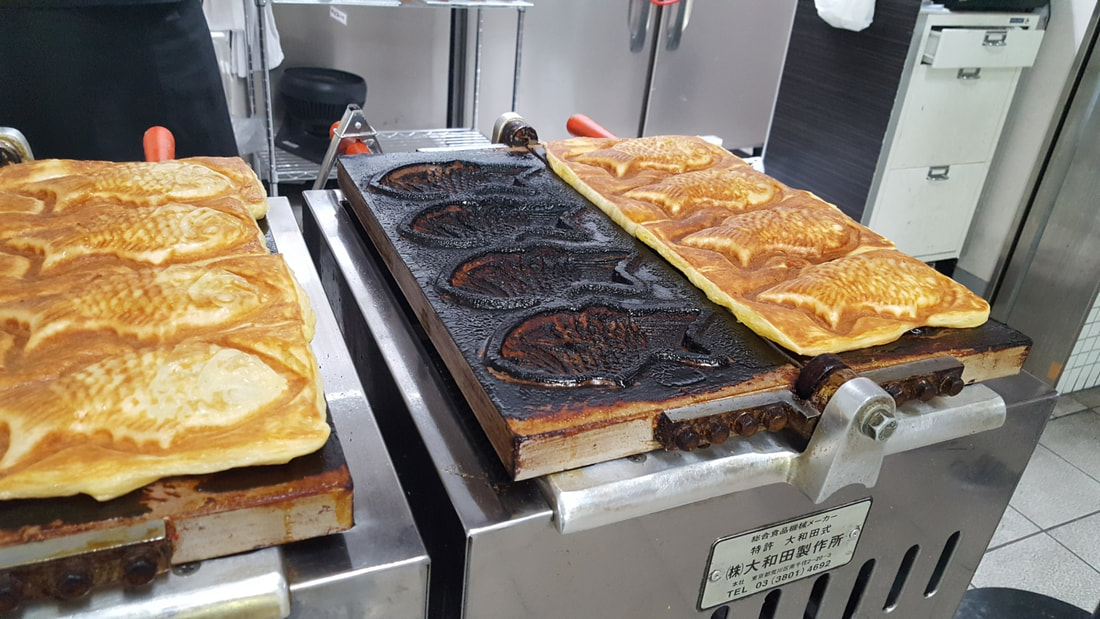

 RSS Feed
RSS Feed
